Exercises for pain – Knee Exercises: How to Train Your Knees Effectively
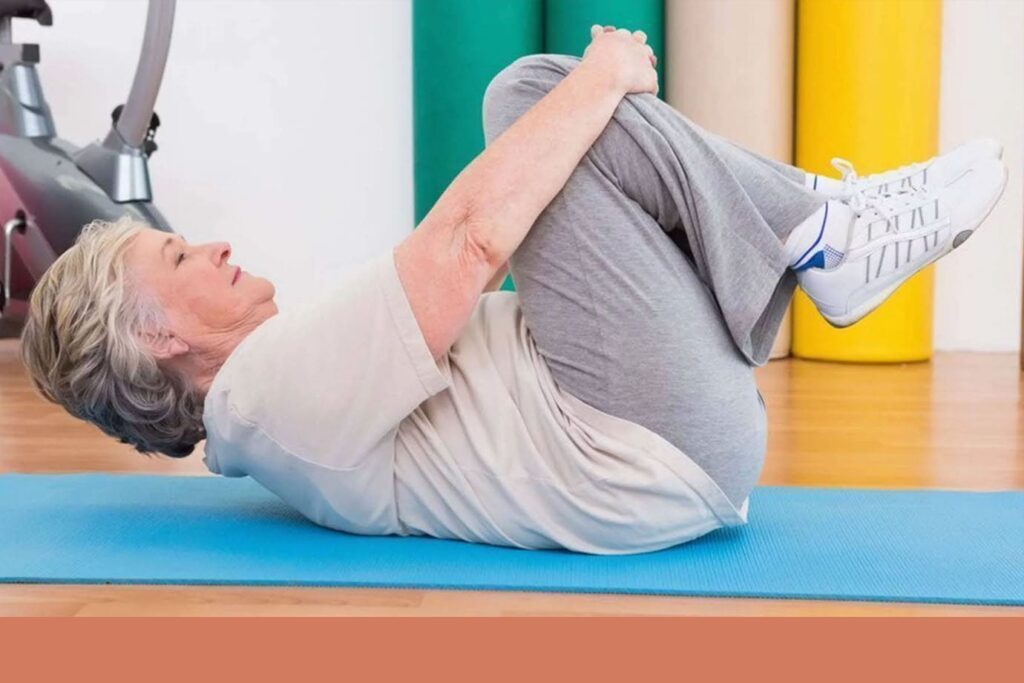
Knee Exercises: How to Train Your Knees Effectively
Squat Blocks with Wedges
Your all-purpose exercise helper for knee and leg pain
With a knee support that includes a step loop for secure standing, you can exercise at home on your own if you have arthritis, knee pain or leg pain. With it, you can specifically stretch your muscles and fascia to relieve pressure on your cartilage and joints.


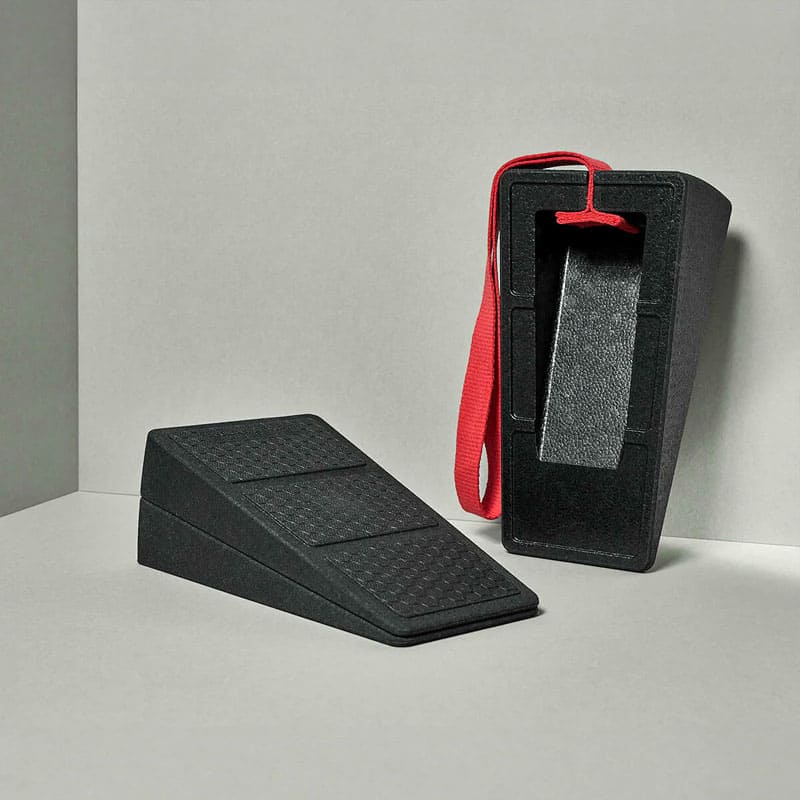
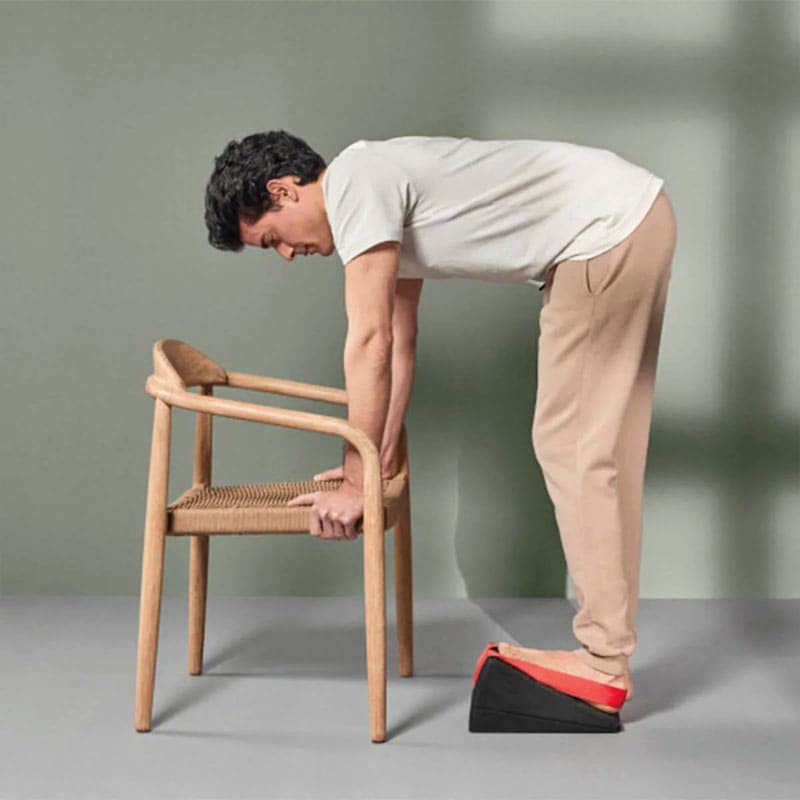
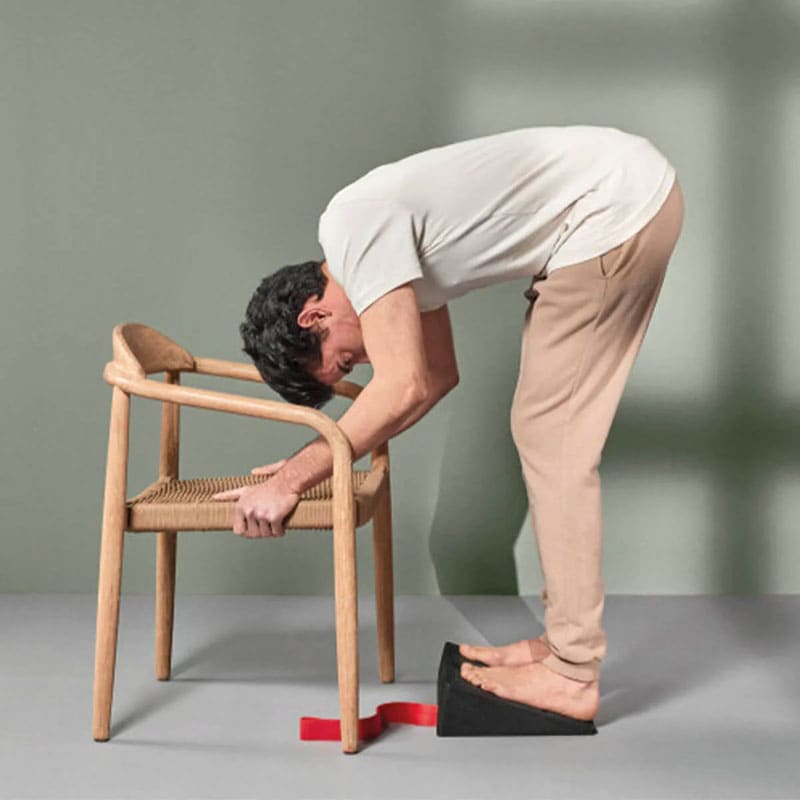
Please be aware of your own performance limitations. If you feel short of breath or dizzy, you should stop. Talk to your doctor about what you should be aware of.
How to relieve knee pain on your own
Whether you walk, stand or sit, the knee is a joint that is subject to a lot of stress. It is therefore particularly susceptible to pain, which can be caused by, for example, sprains and dislocations, excessive joint strain or osteoarthritis.
Knee pain that negatively affects daily activities and nighttime sleep is common.
Targeted exercises for knee pain are especially recommended to stabilize and strengthen the knees, relieve pain and stimulate muscle growth. By exercising your knees, you increase joint stability and reduce inflammation. Strengthening the muscles of the thigh and hip joint can also help relieve knee pain. Try the following knee exercises!
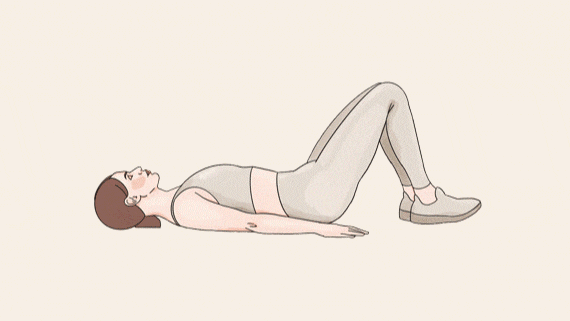
Exercise 1 - Bridge
This is a basic exercise that you can do even if your knees hurt. It will help you stabilize and strengthen your knees.
Step 1
Lie on your back with your knees bent. Tighten your abdominal muscles. Lift your hips off the floor until they are in line with your knees and shoulders. Hold the pose for three deep breaths. Return to the starting position and repeat the exercise.
Step 2
Repeat two sets of the knee exercise, each with 10 reps, resting 30 seconds between sets.
Exercise 2 - Hamstrings
To relieve knee pain, you should strengthen your glutes. Choose appropriate knee exercises, such as the following:
Step 1
Lie on your side and stack your hips, knees, and ankles on top of each other. Now bend your knees at a 90-degree angle without lifting your ankle.
Step 2
Prop up your head with your hand or palm. Lift your top knee, spread your hips, and let your bottom leg rest flat and relaxed on the floor.
Step 3
Lower your knee back toward the opposite knee. Keep your lower back tight. The rotation should come from your hip joint, not your back.
Caution: Keep the movement minimal. Don’t twist too much so that your pelvis doesn’t tilt toward the ceiling.
Step 4
If you’re doing the exercise correctly, you should feel a stretch in the outer and upper portion of your buttocks. Perform 4 sets of 10 reps, resting 30 seconds to 1 minute between reps. If you feel like you can do more, you can put a band on your knees.
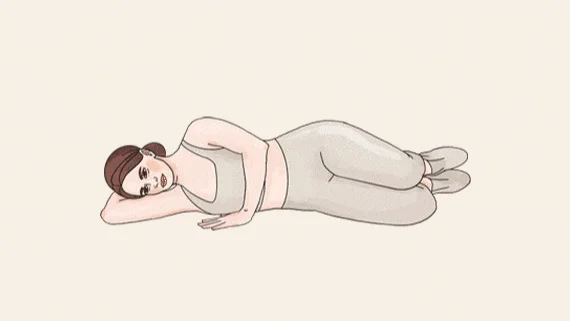
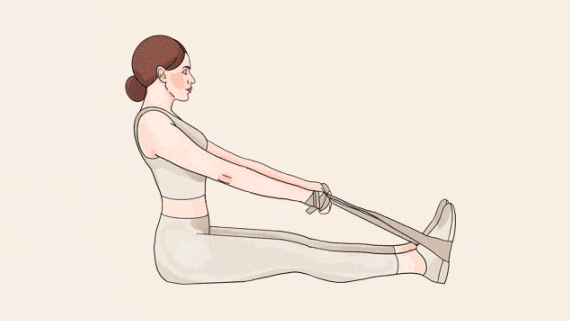
Exercise 3 - Hamstring Stretch
Stretching can be very helpful in reducing pain and the risk of injury. By doing knee exercises while sitting, you can effectively train your knee. Try the following exercise!
Step 1
Sit on a mat with your back straight. Keep both legs straight.
Step 2.
For the knee exercise, place the band behind the soles of your feet and hold both ends firmly. Pull the band toward you, keeping your elbows close to your chest.
Step 3
Hold the tension for at least 20 seconds, then slowly release the tension. Wait 30 seconds and repeat the exercise 3 times.
Exercise 4 - Quadriceps Stretch
Stretching can help improve the flexibility of the muscles around the knee and the range of motion of the knee joint. Knee exercises such as the following quadriceps stretch are good for this:
Step 1.
While standing, slowly bend one knee behind you and lift your heel off the floor, keeping your hips in line. Continue to smoothly lift your heel and pull it toward your buttocks.
Step 2
Hold the position for 15 seconds, then slowly straighten your leg. Repeat the exercise for two sets of 3 reps each, resting 30 seconds on both legs between sets.
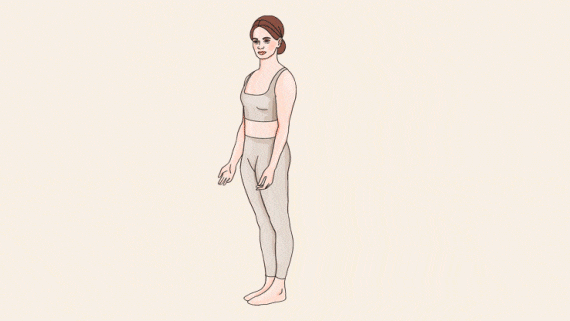
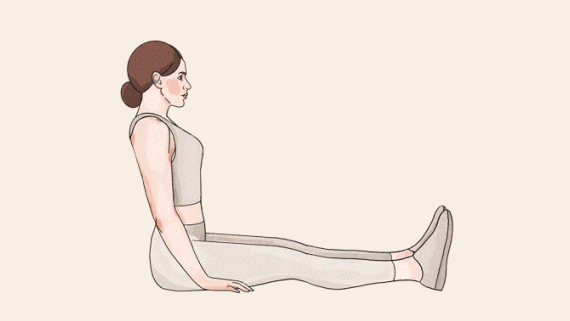
Exercise 5 - Strengthening the Quadriceps
Knee pain is very often caused by functional overload caused by constant repetition of the movement, which causes stress and inflammation; for this reason, it is important to provide additional support to the joint by strengthening the quadriceps.
Knee exercises like the following help to build up the knee muscles:
Step 1.
To perform the knee exercise, sit on a mat, straighten your back, rest your back on the floor and lean on your hands.
Step 2
Keep one leg straight in front of you, bending the foot, slightly bend the other leg and pull the foot closer to the body.
Step 3
Raise your straight leg without bending the knee, keep the foot straight and lift it to the level of the bent knee of the other leg.
Step 4
Raise your leg 15 times, and then lower it again. Repeat 3 sets with the same leg, resting 30 seconds between each set. Then switch legs and repeat.
Tip: If you have already reached a certain level of fitness, you can make this exercise more difficult by adding a 1 kg ankle weight.
Exercise 6 - Wall Squats
The knee joint benefits from more powerful muscles: this exercise is useful for strengthening the quadriceps and can be used to relieve and reduce knee pain. The holding time should be appropriate to your capabilities and can be gradually increased to a maximum of 30 seconds.
Step 1.
To perform the knee exercise, lean against the wall and make sure your shoulders, back and hips are pressed against the wall.
Step 2
Move both feet about 50 cm away from the wall and press your back and shoulders against the wall. Place your feet hip-width apart.
Step 3
Bend your knees and slowly roll your back along the wall until you are in a normal sitting position.
Step 4
Hold the position for 5 seconds and then rise. Repeat the exercise 5 times. If possible, increase the holding time to a maximum of 30 seconds.

